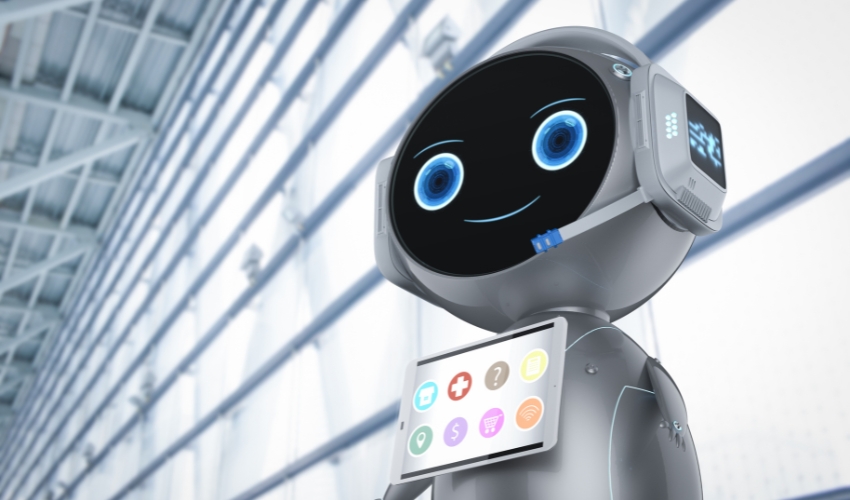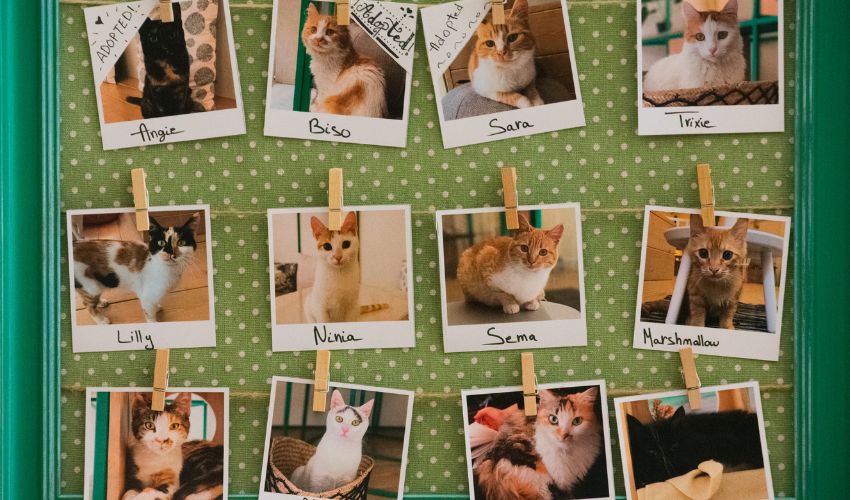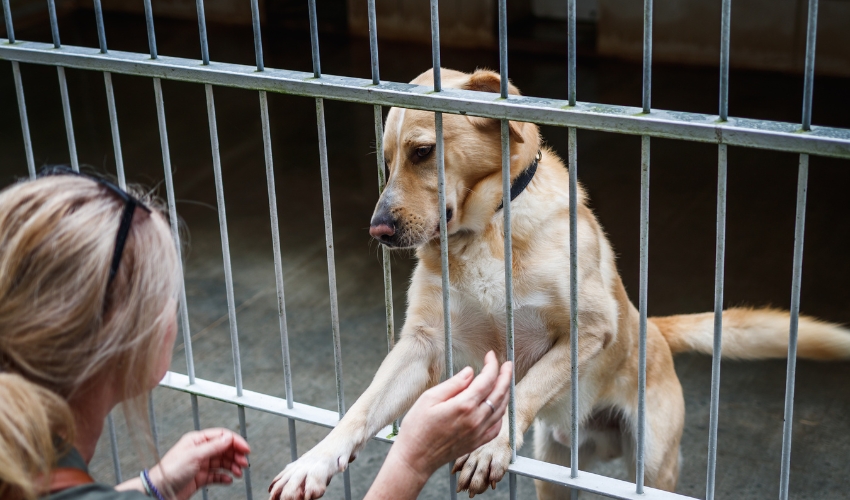It’s another Monday morning at the shelter. You sit down with your coffee, ready to tackle the day—only to find your inbox filled with the same questions you answered yesterday:
-
“How can I adopt?”
-
“Do you take in strays?”
-
“What are your visiting hours?”
You sigh, knowing you’ll spend the next hour typing out the same responses instead of focusing on what really matters: helping animals.
This is where chatbots step in. But many shelters and rescues hesitate because of some stubborn myths. Let’s bust those wide open.
Myth 1: “Chatbots Replace Humans”
The truth: Chatbots aren’t here to replace your volunteers or staff—they’re here to support them.
Think of it like having a 24/7 volunteer who never gets tired of answering the basics. Your team is still the heart of your shelter, but now they’ll have more time for the human side of the work: caring for animals, talking to adopters face-to-face, and building relationships.

📌 Example: A rescue in California used a chatbot to answer adoption FAQs. Volunteers reported they could now spend 30% more time with animals instead of their email inbox.
Myth 2: “Chatbots Are Too Complicated to Set Up”
The truth: Modern chatbots—like the Doobert Chatbot—are designed for people who don’t have a tech background.
You don’t need coding skills. The chatbot pulls directly from your FAQs, processes, and website resources. You feed it your info, and it responds just like you would.
📌 Example: A small-town shelter with only two staff members set up their chatbot in under an afternoon. No IT department, no outside help.
Myth 3: “Chatbots Feel Cold and Robotic”
The truth: Today’s AI can be trained to reflect your shelter’s personality. Whether your tone is warm, compassionate, or educational, the chatbot adapts to your voice.
Plus, it speaks multiple languages—so families in your community who don’t speak English can still feel seen, heard, and supported.
📌 Imagine this: A Spanish-speaking family looking to adopt doesn’t have to wait for a bilingual volunteer. The chatbot answers instantly, breaking down barriers to adoption.
Myth 4: “They Can’t Handle Real Situations”
The truth: Chatbots do more than answer “What time do you close?”
With integrations like Petco Love Lost and Adopt-a-Pet, they can help reunite lost pets with their families or connect waiting animals with adopters—all automatically.
📌 Example: Someone finds a lost dog and goes to your website at midnight. Instead of waiting for office hours, the chatbot instantly guides them to upload the pet’s photo to Petco Love Lost, giving the animal a better shot at being reunited quickly.

Myth 5: “Only Big Organizations Can Afford It”
The truth: The Doobert Chatbot is free for animal shelters and rescues.
It’s not a luxury reserved for big-city organizations. Whether you’re run by a handful of volunteers or manage hundreds of animals, you can save hours each week without spending a dime.
📌 Reality check: The real cost isn’t the chatbot—it’s the hours lost to repetitive tasks, missed adoption opportunities, and delayed responses.
The Bottom Line
Chatbots aren’t here to replace the human touch—they’re here to amplify it. They make sure your community feels supported at all times, while your staff and volunteers focus on what matters most: saving animals.
Don’t let outdated myths hold your shelter back.
👉 Learn more and get started here: Doobert Chatbot











